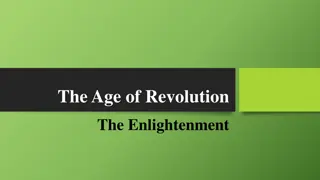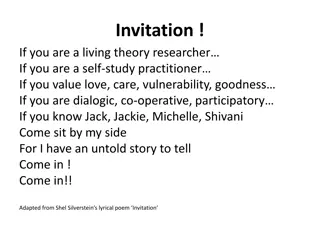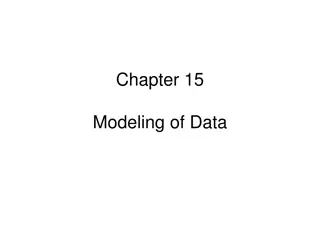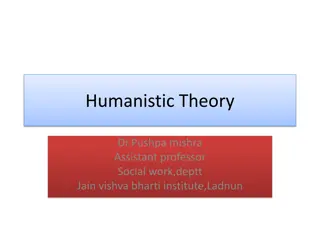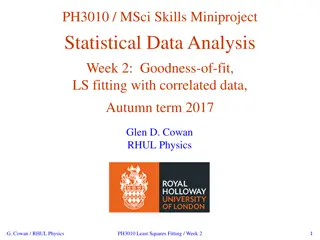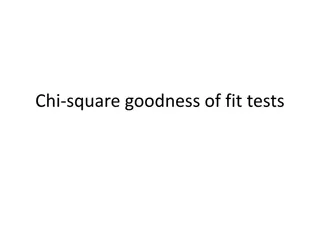
Happiness and Peace: The Power of Kindness, Compassion, and Equanimity
Discover the keys to unlocking happiness and peace in life through kindness, compassion, and equanimity. Explore the importance of overcoming negative emotions and latent tendencies to reveal innate goodness. Learn about the crucial role of perception in shaping emotions and interpretations of the world.
Download Presentation

Please find below an Image/Link to download the presentation.
The content on the website is provided AS IS for your information and personal use only. It may not be sold, licensed, or shared on other websites without obtaining consent from the author. If you encounter any issues during the download, it is possible that the publisher has removed the file from their server.
You are allowed to download the files provided on this website for personal or commercial use, subject to the condition that they are used lawfully. All files are the property of their respective owners.
The content on the website is provided AS IS for your information and personal use only. It may not be sold, licensed, or shared on other websites without obtaining consent from the author.
E N D
Presentation Transcript
All human beings want to be happy , peaceful What makes us happy , peaceful ? Anger or kindness Cruelty or Compassion Jealousy or joy at the success of others Agitation or equanimity Deception of Helpfulness 2
What is concealing the innate goodness ? Negative Emotions Latent tendencies Attenuate the latent tendencies of Craving and Aversion to allow the goodness to manifest How to do so ? Whenever these arise, do not succumb to them, just observe till it ceases naturally limitation of intellectual knowledge Mindfulness 3
Role of Perception Perception influences how we interpret the world Result of Conditioning family, society, religious, cultural, .. Perceptions shape our emotions. What is a correct perception ? 4




